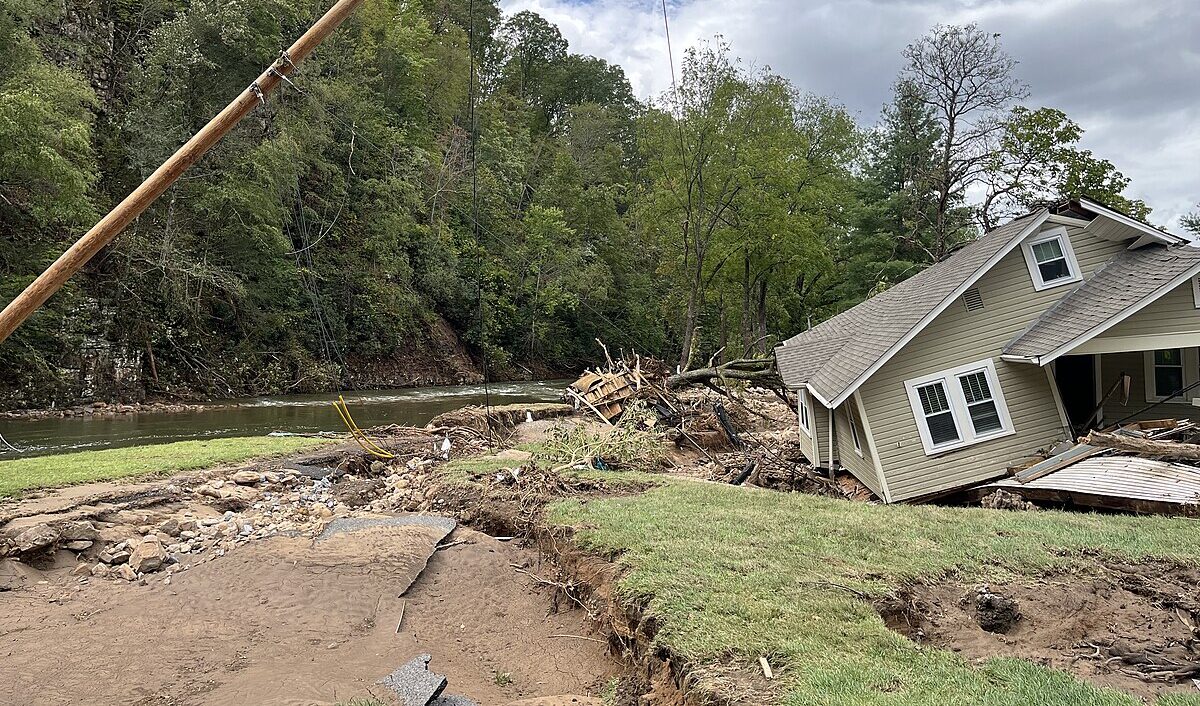
Why We Can’t Afford to Lose FEMA: Lessons from Hurricane Helene and Beyond
- Posted on
- By Elle Falkowski
- In Blog, Federal
A blog by Elle Falkowski, CCAN Carol Brantley Climate Justice Policy Fellow
Throughout my three years at Wake Forest University, North Carolina has become my home away from home. One of my favorite parts of attending school in North Carolina is experiencing fall in the mountains. The leaves turn into the prettiest orange I’ve ever seen, and the weather is always perfect for weekend walks, giving me the perfect escape when classes get too stressful.
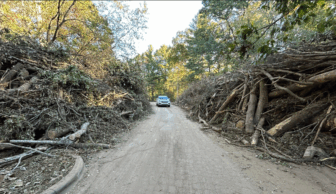
This past fall, however, was different. Hurricane Helene came crashing through North Carolina, destroying everything in its path. While thankfully, my campus was spared, many in my community experienced unimaginable pain after their homes were destroyed by the roaring flood waves, which were only intensified by Asheville’s mountain slopes.
The National Oceanic and Atmospheric Administration’s (NOAA) final report on Hurricane Helene referred to the hurricane as “the most devastating natural disaster in western North Carolina’s history,” reporting more than 125,000 housing units destroyed or damaged. Since then, the Western Carolina community has worked tirelessly to rebuild.
FEMA’s Role in Disaster Recovery is Essential – But Not Without Flaws
After Hurricane Helene, the Federal Emergency Management Agency (FEMA) provided critical aid to help North Carolina residents recover. Within three weeks of the disaster, FEMA approved more than $38 million in grants for Buncombe County to remove debris and begin cleanup. It also provided Asheville residents with individual assistance in several areas, including helping with the costs of hotels, home repairs, and child care. By October 18, 2024, FEMA approved over $115 million to be distributed to over 85,000 households in Western North Carolina.
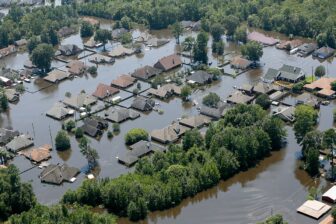
However, FEMA’s response to Hurricane Helene and several other extreme weather disasters has not been perfect. Survivors of these disasters consistently express deep frustrations about their experiences with FEMA. Many have noted that FEMA’s eligibility definitions lack clarity and are not adaptable to the unique and complicated domestic situations of many American families.
For example, FEMA does not provide clear guidance on how separated parents living in a shared household should apply for FEMA’s individual assistance program.As a result, one Texas family was improperly advised to file separate applications, leading to both parents being denied desperately needed aid. FEMA’s lack of clarity regarding unique situations prevents otherwise eligible families from receiving the help they need.
Another common complaint against FEMA is its slow distribution of aid. According to a 2024 report by the National Infrastructure Advisory Council, FEMA responds to a new major disaster declaration every three to four days, while simultaneously managing hundreds of older disasters. As a result, FEMA’s workforce is stretched incredibly thin, preventing the agency from distributing necessary resources in a timely manner. Survivors in North Carolina experienced these delays firsthand as they attempted to prepare for Hurricane Helene.
Anticipating damage to their water system, officials in North Carolina’s Buncombe County submitted requests for pre-disaster water distribution just before Hurricane Helene struck. However, Buncombe County did not receive its first shipment of water until several days after the hurricane, leaving thousands of survivors dehydrated after the county’s water system was damaged.
The Congressional Debate Over Federal Disaster Relief: What’s at Stake?
In response to frustrating experiences like these, some policymakers are pushing to eliminate all federal involvement in disaster relief, including FEMA. However, as I am extensively researching FEMA through my fellowship at CCAN, it has become clear to me that while our current federal disaster recovery programs are far from perfect, federal support in disaster recovery is still essential.
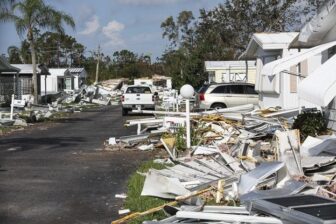
Before FEMA was established, federal disaster relief was very disorganized and lacking in clear direction because no single federal agency was responsible for coordinating and implementing disaster relief. After the 1964 Alaska earthquake, President Lyndon B. Johnson had to set up a temporary government commission to oversee and lead recovery efforts because the government was unprepared to handle the demanding task.
In 1978, the National Governors Association asked President Jimmy Carter to create a more cohesive federal emergency management structure, prompting FEMA’s creation in 1979. Since then, FEMA has provided critical aid to states in the aftermath of extreme weather disasters.
The 1988 Stafford Disaster Relief and Assistance Act, also known as the Stafford Act, enables the President to make a presidential disaster declaration, formally announcing that recovery warrants federal support from FEMA. Then, with funding provided by the Congressionally-appropriated Disaster Relief Fund, FEMA provides financial support to state and local governments after disasters by reimbursing them for recovery projects they could not afford to pay for on their own.
The federal government is also able to administer individual assistance programs through FEMA, such as offering individuals up to $750 for immediate relief needs through the Serious Needs Assistance Program and up to $42,500 to help rebuild homes. FEMA supplements the state’s recovery abilities by providing financial resources that the state cannot otherwise provide.
The Rising Cost of Extreme Weather Disasters and the Need for Federal Support in Recovery
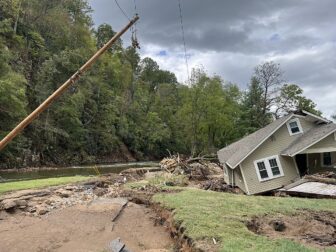
Since 1979, the cost of recovery has increased beyond state budget capacities. As the climate crisis intensifies, the costs of extreme weather events are expected to skyrocket, exacerbating budgetary limitations that states are already experiencing. In 1980, there were only three presidentially declared disasters for which recovery costs exceeded $1 billion. Recovery costs amounted to $45.6 billion that year, with most of the money funding recovery from the 1980 drought.
In 2024, the US experienced 27 billion-dollar disasters, amounting to $184.8 billion in recovery costs, with $125.3 billion going towards recovery from hurricanes. America’s population and material wealth have increased exponentially since 1980 and and these costs will only continue to escalate.
States that are particularly vulnerable to climate disasters will face the greatest impact if FEMA is eliminated and recovery costs rise. Of the 27 billion-dollar extreme weather disasters in 2024, 11 caused significant destruction in Florida. Since 2017, FEMA has committed almost $20 billion to cover Florida’s resulting recovery costs.
Without FEMA, states like Florida will lose access to critical financial resources during recovery and crumble under the cost of repeated disasters. States simply cannot afford to lose federal assistance. Without FEMA’s support, mounting budgetary burdens will hinder effective recovery and leave states weak and vulnerable.
Building a Stronger FEMA for Tomorrow’s Challenges
Even though FEMA’s current services are far from perfect, the agency is still essential to the disaster recovery process. States simply cannot handle the burden of recovery on their own and need federal support. As lawmakers continue to debate the future of federal disaster relief, we must recognize the necessity of FEMA. Rather than eliminating the agency, we should focus on improving federal disaster relief initiatives to build a more resilient nation.
A blog by Elle Falkowski, CCAN Carol Brantley Climate Justice Policy Fellow

